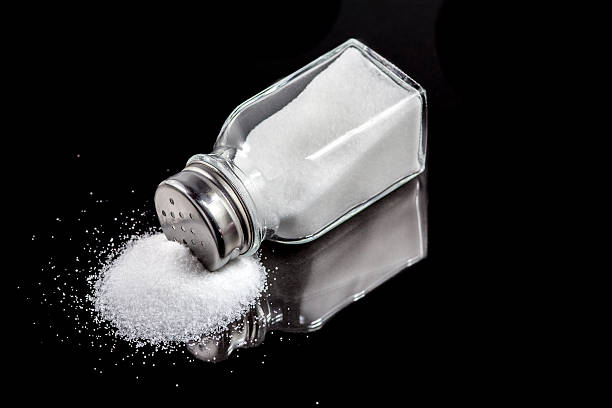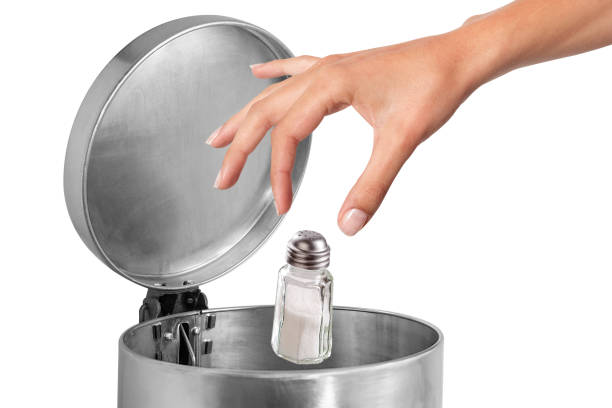Are you one of those people who constantly find themselves reaching for the salt shaker to add more flavor to their meals? Does it seem like your taste buds demand a higher level of sodium than your friends or colleagues? Well, there’s a fascinating world of taste perception to explore, and it all starts with understanding your salt taste threshold (STT).
In this article, we’re going to have a friendly chat about why some folks have a higher STT, why it’s important to manage your sodium intake, and how you can retrain your taste buds to enjoy less salty foods. So, grab a cup of tea, get comfy, and let’s dive in!
Let’s Talk About Salt Taste Threshold

Image from iStock
Your STT is like your body’s way of telling you how much salt it needs to detect that delicious salty flavor in your food. Some people have a higher STT, which means they need more salt in their meals to experience that savory goodness. Now, this isn’t just a quirky culinary quirk; it has real implications for your health.
You see, consuming too much salt or sodium can lead to issues like hypertension, heart disease, and stroke. Recent health surveys have shown that many of us are exceeding the recommended daily sodium limit of 2,000mg. That’s a cause for concern, and it’s why understanding and managing your STT is crucial.
What Influences Your STT
Now, here’s the exciting part: your STT isn’t just something you’re born with and stuck with forever. It’s influenced by a variety of factors, and some of them might surprise you. Your childhood food preferences play a role, as do cultural influences and family eating habits. For instance, kids often have a sweet tooth and a preference for salty foods, but those preferences can evolve over time as they’re exposed to different flavors.
Age also plays a significant role. As you get older, your taste buds may become less sensitive to salt. And that’s not all—your medical history, oral health, and even smoking habits can affect your STT. Medications, dental issues, and smoking can all alter your perception of saltiness.
The Road to Retraining Your Taste Buds

Image from iStock
Now, here’s the exciting part: you can actually retrain your taste buds to enjoy foods with less salt. It’s like a culinary adventure for your palate! The key is to gradually reduce your sodium intake. Be patient, though; it might take around 21 days for your taste buds to adjust. During this time, you can experiment with lower-sodium alternatives and explore a whole new world of flavors.
Managing Salty Dishes
But what if you’re faced with a dish that’s just too salty? Don’t worry; you have options. Pair that salty meal with plain rice or noodles to dilute the saltiness. You can also reduce the amount of gravy or sauce you use. Opt for plain vegetable dishes with less salt, and don’t forget to include potassium-rich fruits like apricots, bananas, or oranges in your meal to counteract the sodium’s effects.
Practical Tips for Reducing Salt Intake

Image from iStock
When dining out, make smart choices by going for plain rice, rice noodles, or steering clear of overly saucy dishes. In your own kitchen, look for those magic words on labels: “Lower in Sodium.” Choose reduced-sodium sauces and get creative with herbs and spices for flavor. Fresh, unprocessed foods should become your best friends, and when it comes to snacking, reach for products labeled “no added salt” or “low in salt.”
In conclusion, managing your salt taste threshold and keeping an eye on your sodium intake is a journey to better health and more exciting dining experiences. With a little patience and a willingness to explore new flavors, you can retrain your taste buds to enjoy foods with less salt. So, let’s embark on this flavorful adventure to healthier eating together, and savor all the benefits it brings to your life!
ALSO READ
Should You Add Salt To Your Baby’s Food? Here’s The Answer
Study: The Salt in Your Kitchen Could Come With Microplastics
Why you shouldn’t give your baby salt and sugar before they turn a year old